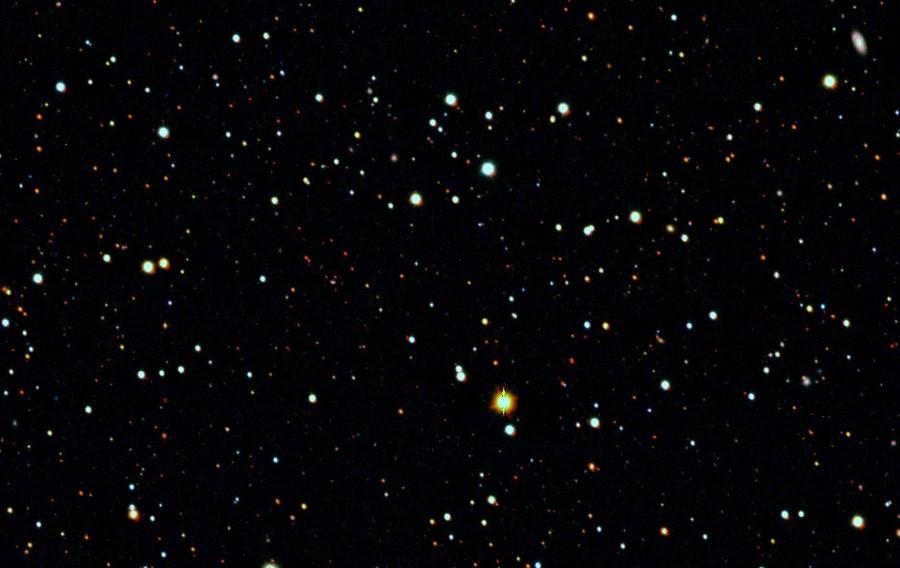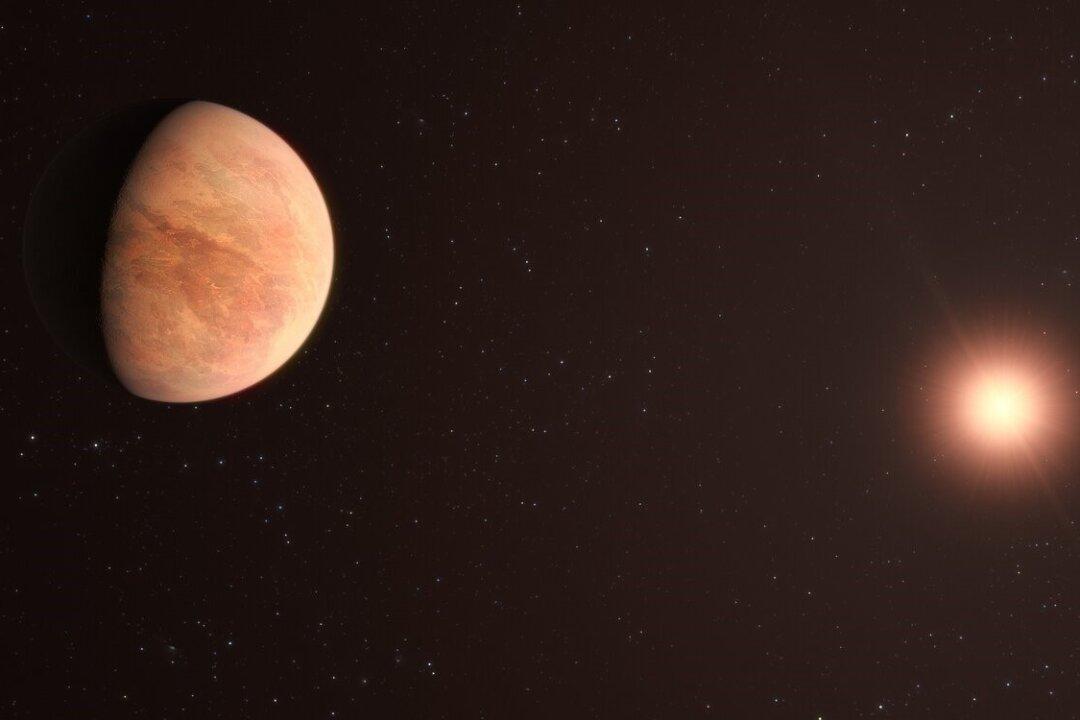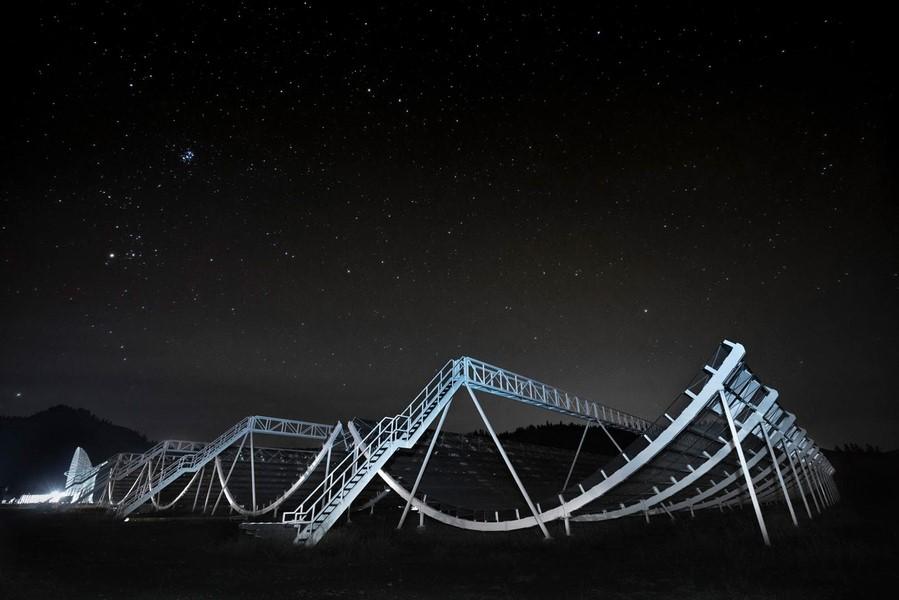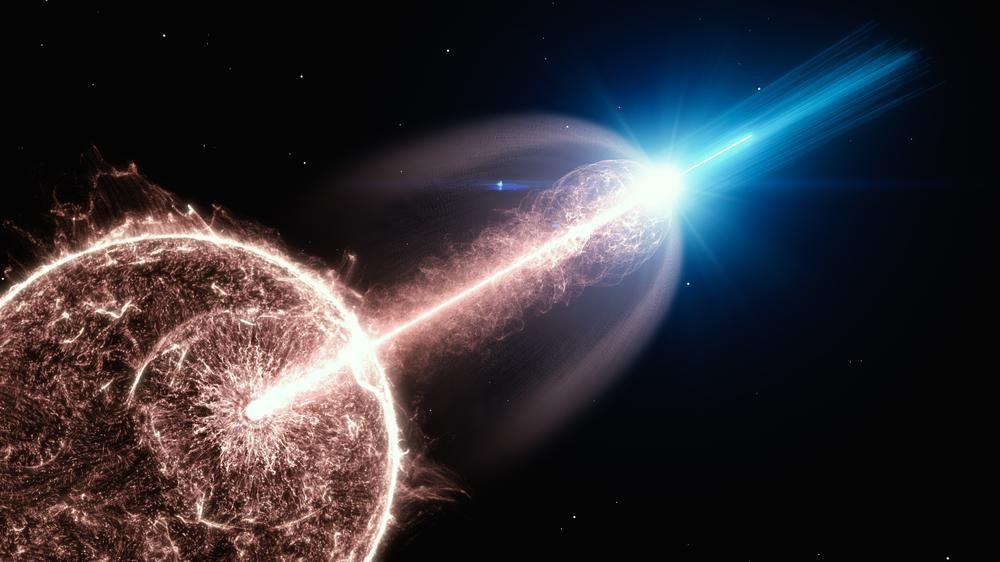Scientists have discovered that a small galaxy called Tucana II has a much stronger gravitational pull than expected, which means it is likely home to a large amount of dark matter.
Just as the moon orbits the Earth, many satellite galaxies are orbiting our Milky Way. Tucana II is one of them.




